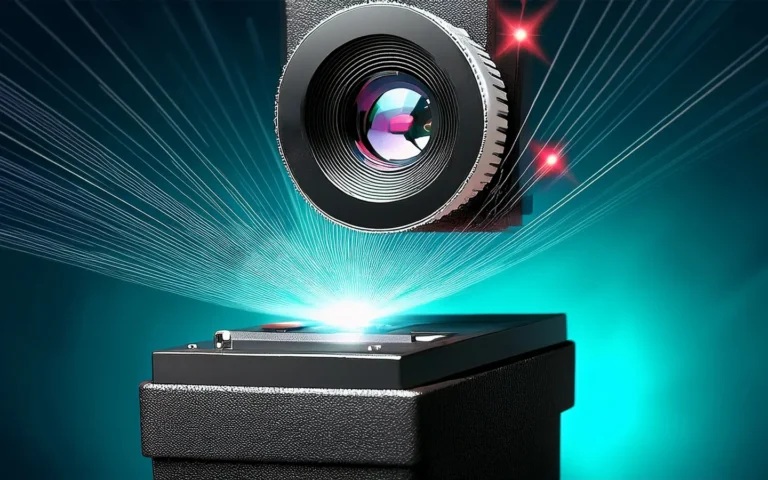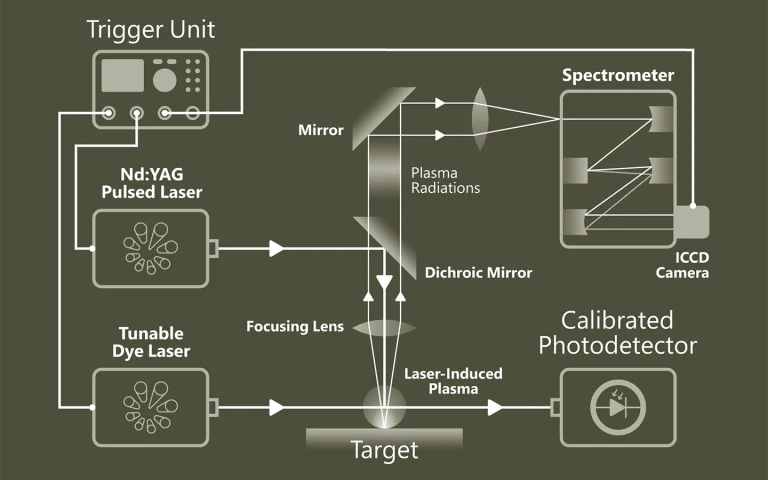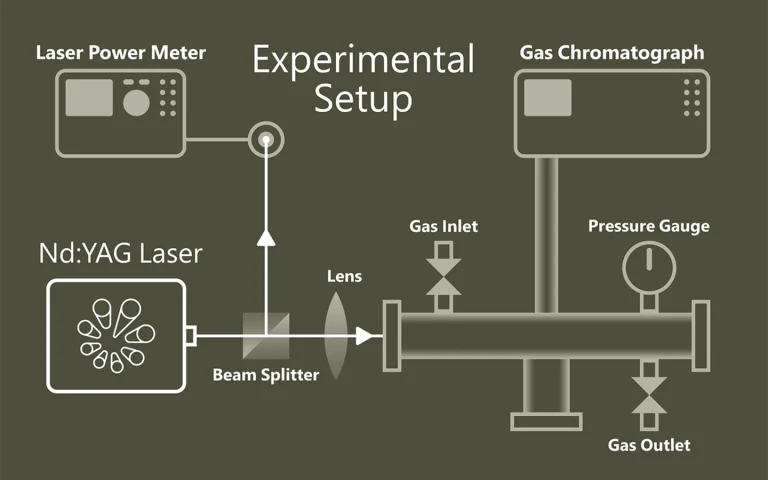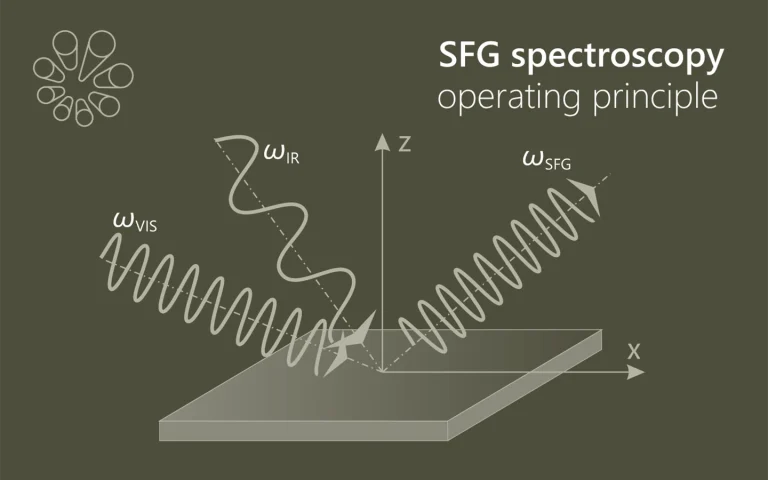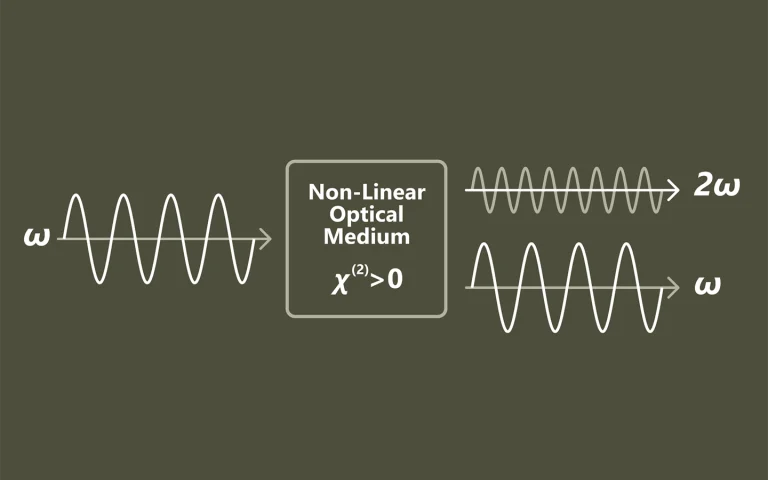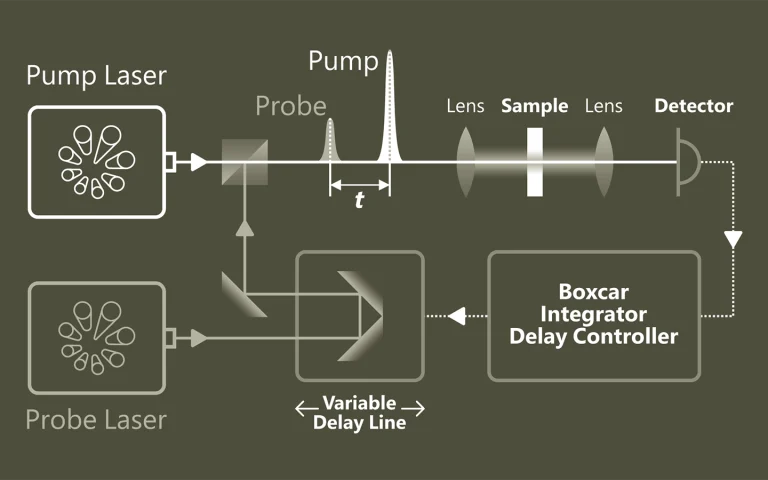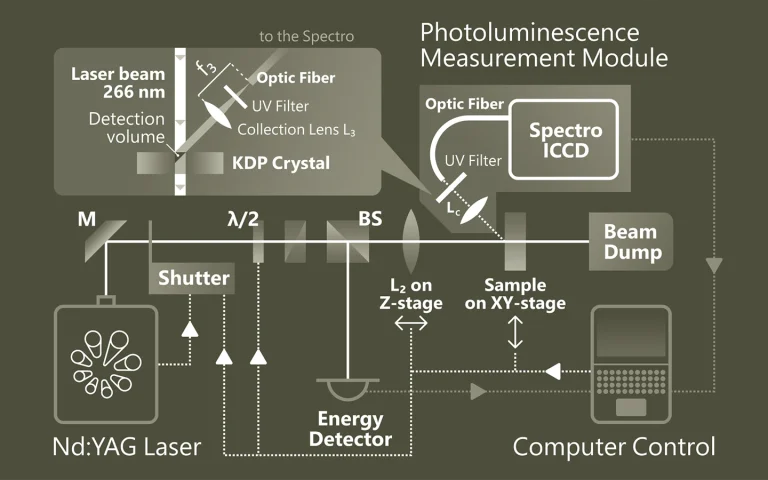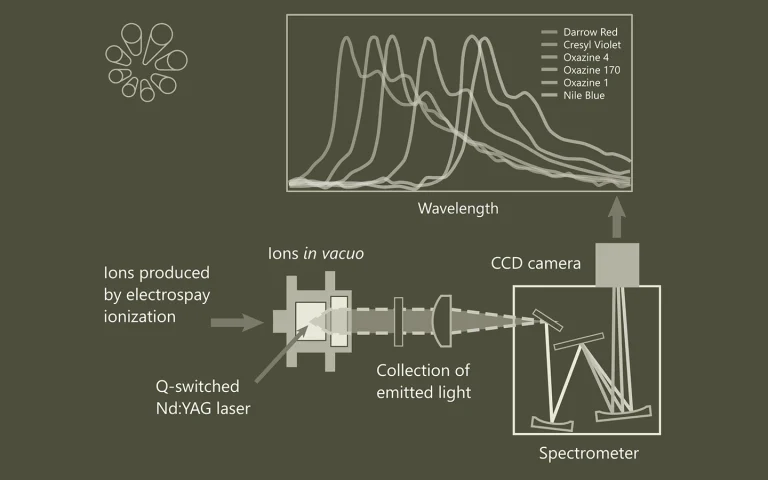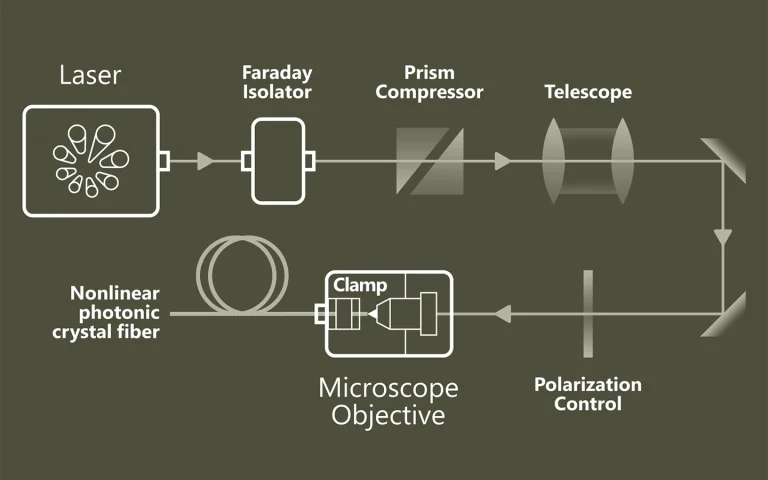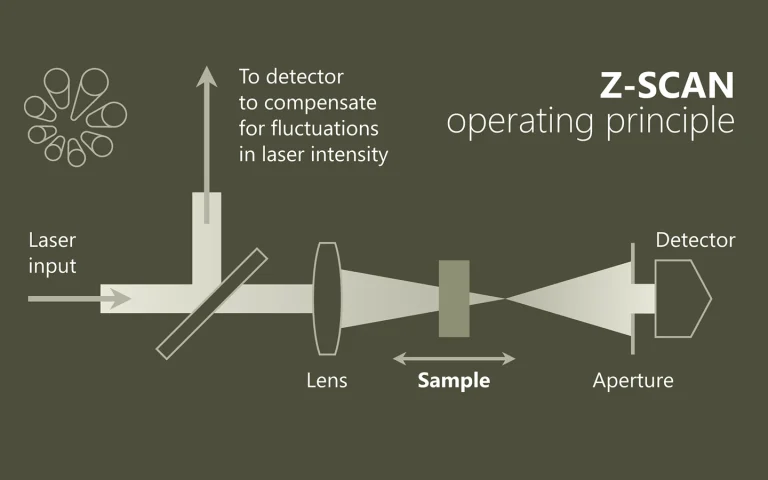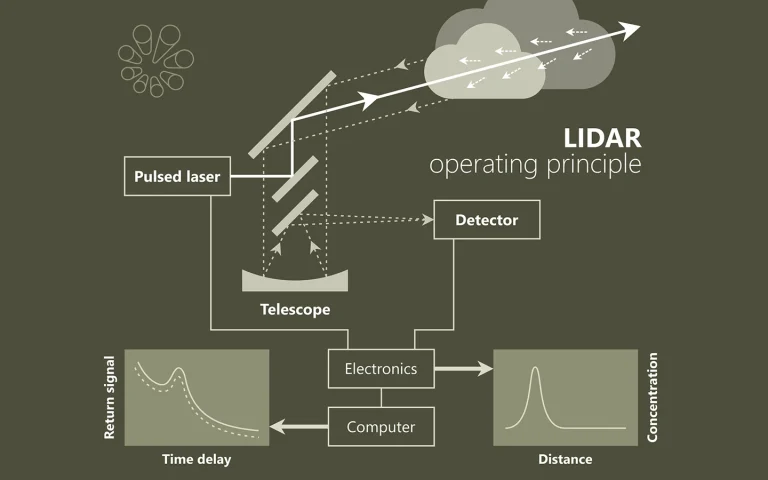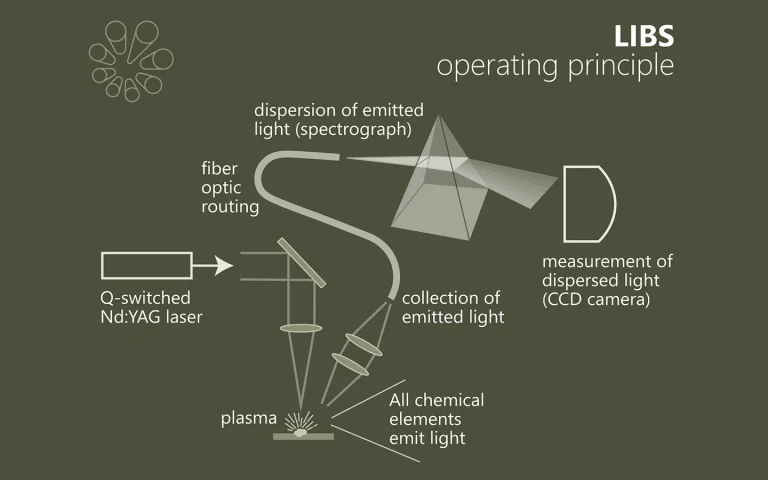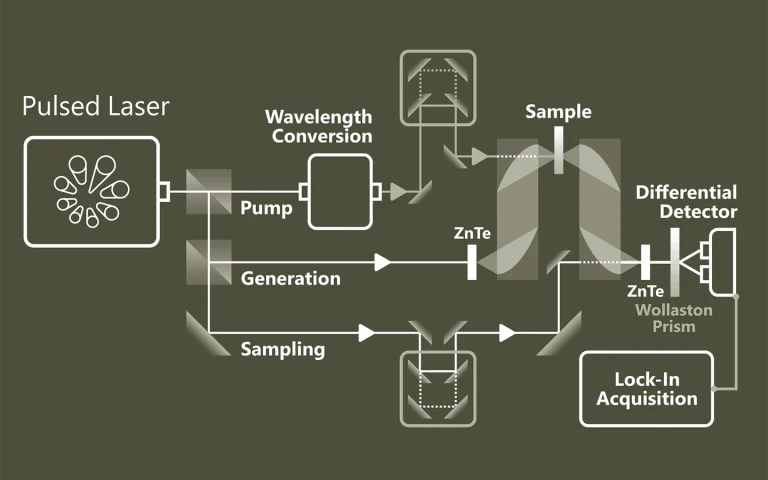Laser spectroscopy
For a long time laser spectroscopy has been source of inspiration for EKSPLA scientific laser engineers. Explore some typical applications where our picosecond and nanosecond lasers has been employed.
LIDAR
LIDAR is an acronym for “LIght Detection And Ranging”. LIDAR sends out short laser pulses into the atmosphere, where all along its path, the light is scattered by small particles, aerosols, and molecules of the air and is collected by telescope for analysis. Due to the constant velocity of light, time is related to the scatter’s distance, therefore, the spatial information is retrieved along the beam path. LIDAR uses ultraviolet, visible, or near infrared light to image objects. It can target a wide range of materials, including non-metallic objects, rocks, rain, chemical compounds, aerosols, pollutants, clouds, and even single molecules. LIDAR especially helps in those cases where access with conventional methods is troublesome.

